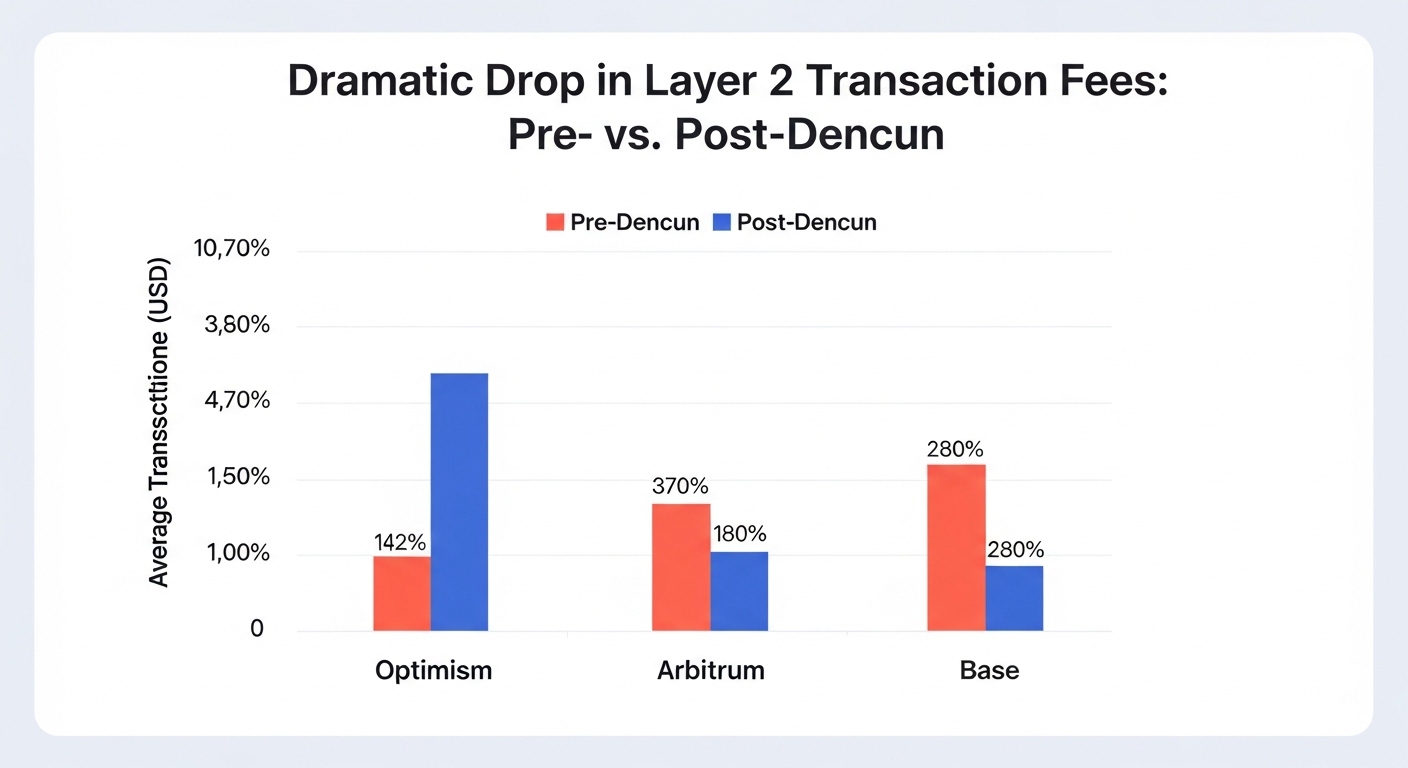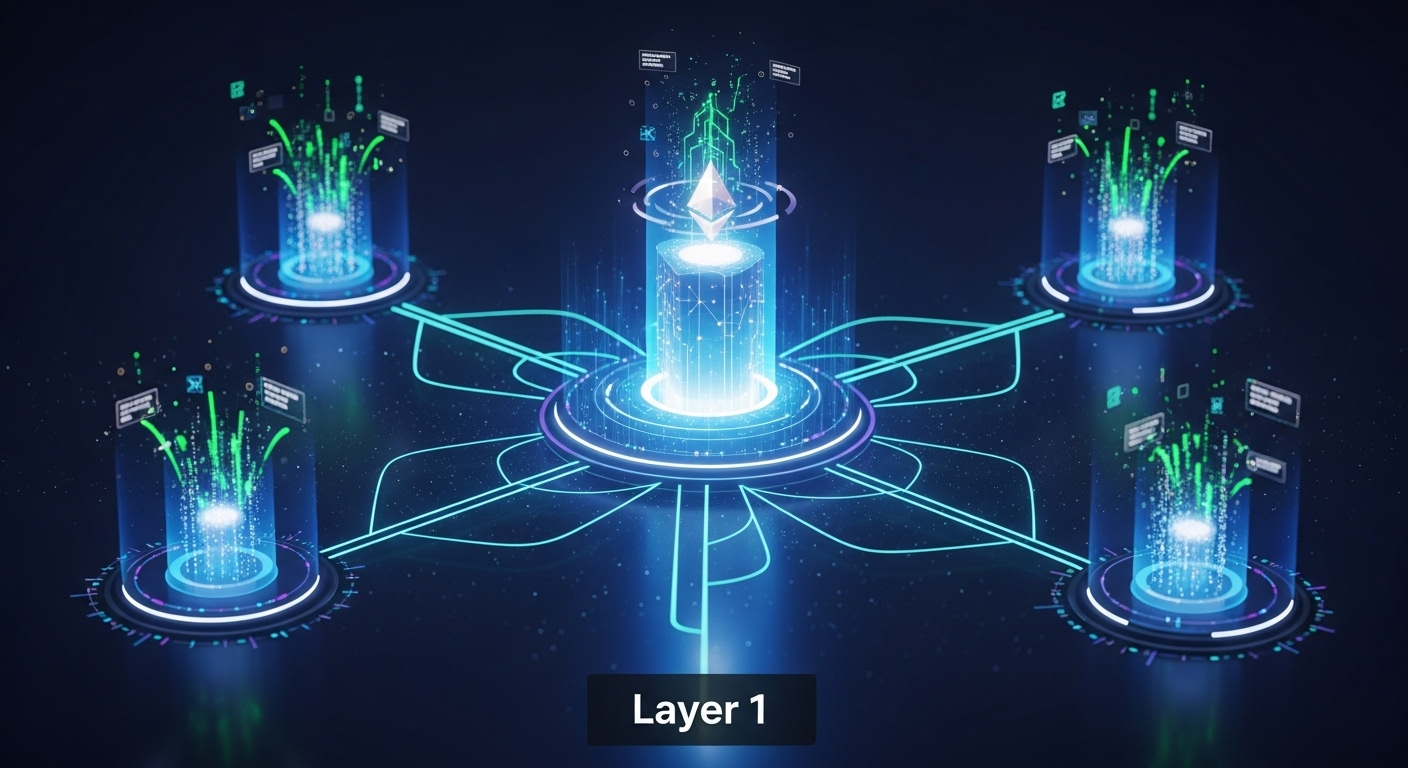Submit-Dencun Improve: Did Ethereum Truly Remedy Its Gasoline Charge Downside?
For years, the Achilles’ heel of the Ethereum community has been its exorbitant transaction charges, generally referred to as gasoline charges. Throughout peak community congestion, typically fueled by main market actions like a BTC 50-Week EMA breakout, a easy token swap might value customers over $100, pricing out many and hindering mainstream adoption. The current Ethereum Dencun improve, one of the anticipated updates since The Merge, promised vital reduction. Now that the mud has settled, it is time to ask the essential query: Did Dencun clear up the infamous Dencun gasoline downside, or is it merely a brief repair?
What Was the Ethereum Dencun Improve?
The Dencun improve, a portmanteau of the Deneb and Cancun upgrades, was a tough fork carried out in March 2024. It launched a number of Ethereum Enchancment Proposals (EIPs), however one stood out as the principle occasion: EIP-4844.
The Star of the Present: EIP-4844 and Proto-Danksharding
EIP-4844, often known as Proto-Danksharding, is the core element accountable for the Dencun improve impression on gasoline charges. It launched a novel idea to the Ethereum community: ‘blobs’. Earlier than Dencun, Layer 2 scaling options (L2s) like Optimism, Arbitrum, and Base needed to put up their transaction knowledge to Ethereum’s important chain utilizing costly ‘calldata’. This was like attempting to ship a big package deal via premium categorical mail—safe however expensive.
Blobs, or Binary Massive Objects, create a separate, non permanent, and much cheaper channel for this knowledge. This mechanism of how Dencun reduces gasoline charges is pivotal. As a substitute of competing for block area with common Layer 1 transactions, L2 knowledge now travels in these cost-effective blobs, that are pruned from the community after just a few weeks. This particular Ethereum EIP-4844 gasoline discount technique was designed to supercharge the L2 ecosystem.

The Actual Impression: Analyzing Ethereum Transaction Prices After Dencun
The impression of Dencun was fast and profound, however solely on Layer 2 networks. Inside hours of the improve going dwell, common transaction charges on main L2s plummeted by over 90%. Platforms that when charged between $0.50 and $2.00 for a swap noticed their charges drop to only a few cents, and in some instances, fractions of a cent. This made decentralized purposes (dApps), DeFi protocols, and NFT marketplaces on these layers exponentially extra accessible and reasonably priced for the typical consumer.
Nevertheless, it is essential to know that Dencun was not designed to immediately decrease gasoline charges on Ethereum’s mainnet (Layer 1). Customers performing transactions immediately on L1 noticed little to no change of their prices. This has led to some confusion, with critics claiming the Dencun gasoline downside hasn’t been solved. However this misses the purpose of Ethereum’s rollup-centric roadmap.

So, Is the Dencun Gasoline Downside Solved?
The reply is nuanced: sure, for almost all of future customers. The Ethereum Dencun improve has decisively solved the gasoline price downside for anybody prepared to make use of the community by way of a Layer 2 answer. By making L2s drastically cheaper, Ethereum has successfully created an categorical lane for consumer exercise, leaving the principle Layer 1 chain to perform as a extremely safe settlement and knowledge availability layer.
The technique is evident: encourage the migration of dApps and customers to the thriving Layer 2 scaling Dencun has now empowered. Whereas high-value transactions or particular sensible contract interactions should require the safety of Layer 1, the majority of on a regular basis exercise—swaps, mints, and gaming—can now occur at a fraction of the fee.
The Way forward for Ethereum Scaling Submit-Dencun
Dencun will not be the tip of the street. Proto-Danksharding is simply step one in direction of ‘full Danksharding,’ which can additional enhance the info capability for blobs and doubtlessly drive L2 charges even decrease. The success of this improve solidifies Ethereum’s dedication to a modular future the place Layer 2s deal with execution whereas Layer 1 ensures safety and decentralization. This evolutionary step is essential as different main networks additionally advance their roadmaps, a pattern highlighted by the current unveiling of Polkadot 2.0, which goals to redefine its personal structure.

Conclusion: A New Period for Ethereum’s Affordability
In abstract, the Ethereum Dencun improve was a powerful success in reaching its main objective: making the Ethereum ecosystem reasonably priced at scale. Whereas it did not eradicate excessive Ethereum gasoline charges on Layer 1, it offered a robust and efficient answer via Layer 2 scaling. For builders, customers, and the way forward for Web3, Dencun marks a pivotal second, shifting the panorama of Ethereum interplay in direction of a less expensive, quicker, and extra accessible future constructed on Layer 2.